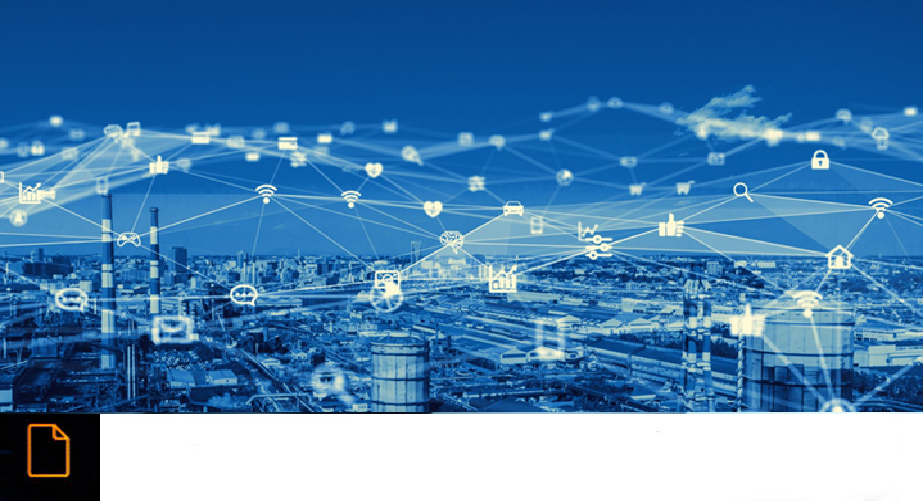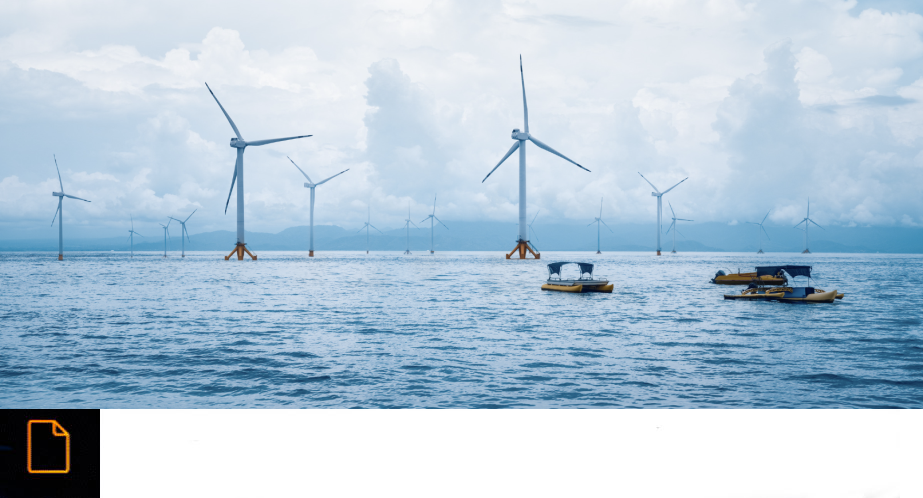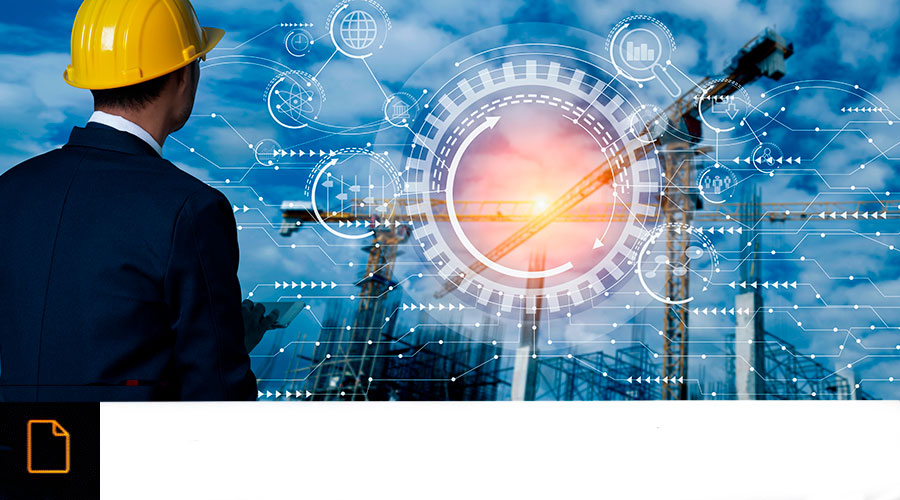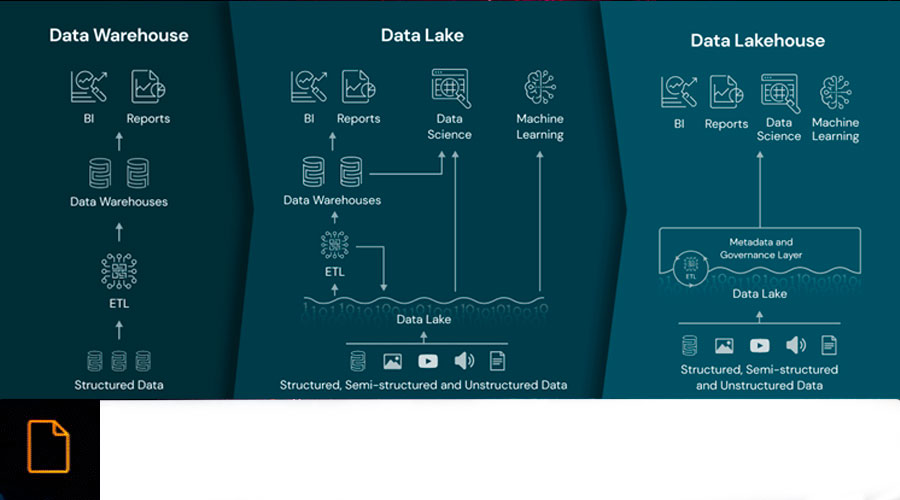NEW "WINDS" FOR THE DIGITALIZATION OF THE WIND ENERGY SECTOR
Written by Antonio Ramirez
03 Nov 2022 | AIoT Platform | Article
At the end of 2020, there were more than 21,000 wind turbines in Spain, with a total installed capacity of 27,446 MW. Of this total, 6% came from new installations.
With this increase in wind turbines and installed capacity, almost 22% of the electricity demand has been covered. If we look at the first six months of 2021, renewable energies as a whole in Spain generated 51.3% of national electricity production, with wind power accounting for almost half of this renewable generation (24.7%).
But it is important to know that we are not the only ones who are growing, and growing fast. In the rest of the world, the number of wind turbines is also increasing every year. Data for 2020 show an increase in new annual installed capacity of 50% compared to previous years. Reaching a capacity of 743 GW.
I could use more data, but I believe that with this brief outline, the importance of the wind power sector in the energy generation and economy of Spain is understandable.
DIGITIZATION TECHNOLOGIES FOR THE WIND ENERGY SECTOR
If I had to be precise, and go for the record I would go with #predictivemaintenance, #ArtificialIntelligence, #IoT, #BigData, #Cloud and #DigitalTables, as the most relevant technologies for the digitization of the sector. Although there are two others, such as #5G and #GIS that could also be considered of great value and contribution.
We all know that a wind turbine has many points of analysis starting with the transformers, followed by the mast and ending with the whole mechanism of the nacelle and the blades themselves. All these parts need to measure currents, powers, oils, vibrations, inclinations, wear and others (such as temperature, wind, humidity, current, ...) that indicate the performance of each of the mechanical, electrical and electronic components of the wind turbine.
That is why having sensors and cameras specialized in different physical measurements can help the second digitization technology, which is none other than predictive maintenance. Which using all the data acquired with IoT devices and applying algorithms and experience of predictive analysts can anticipate the need for maintenance of wind turbine components, which helps to plan and simplify maintenance and especially its costs and the associated costs for non-production.
I have spoken of data. For a sample a button. A single sensor can transmit from 1 to tens or even hundreds of different data. And it can do it once a month or once a minute (for example), that means up to millions of data to transmit and store for each wind turbine. If we multiply this by the number of wind turbines in a wind farm, we are talking about many millions of data to be received, ... stored, managed, processed and presented. In such an environment, we need a tool capable of managing such a mass of data in real time. And for that you need a real manager, and that is the role of big data, as a huge computing capacity that can grow or shrink according to the needs of the farm.
Artificial Intelligence (#IA) accompanies all this technology in the creation of models that help in the prediction of anomalies. These models must be unique and cannot be extrapolated (no matter how much you are told) because each wind turbine is different and because the previous work of the predictive analyst is able to identify variables that lead to unique decisions and problems. However, the most important thing is that this AI allows to automate in real time the prediction of anomalies and not wait for an analyst to come to the wind turbine to study it according to a work schedule. This provides increased performance and productivity.
I end up talking about the digital twins, which are nothing more than a three-dimensional graphic representation of the wind farm and each wind turbine, which is accompanied by a system of alerts, and another of control panels with all the necessary information for each user profile of the wind farm information.
ECONOMIC SECTORS UNDERGOING DIGITIZATION
If you think that the digitalization process in the wind sector is something isolated, you can look at other sectors such as #water, #gas, and even other #utilities.
And you can find great similarities in the fact that it is the entire energy industry that is rapidly moving towards complete digitization to help maximize energy use, consumption, loss, theft, management, procurement and sale and maintenance.
From @MonoM, a company of the @Grupo Álava, we have been providing digitalization solutions for the energy sectors of this country for a long time, which over time have taken us beyond the borders conquering other continents and countries. Our platform #AIoT (Artificial Intelligent of Things) for Utilities is an effective and complete solution, which has been able to provide solutions to our energy and utilities sectors with national technology.
Antonio Ramirez - CMO MonoM (Alava Group)











